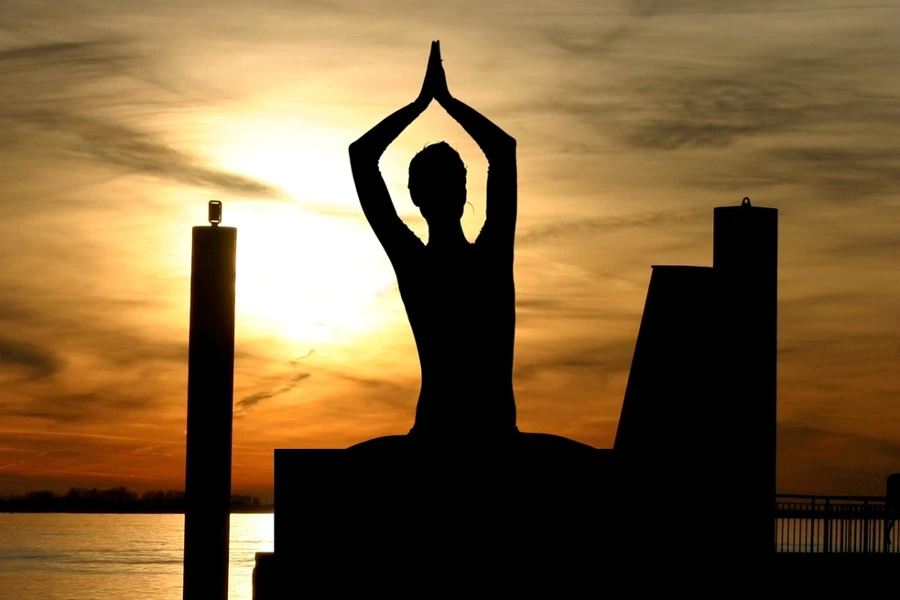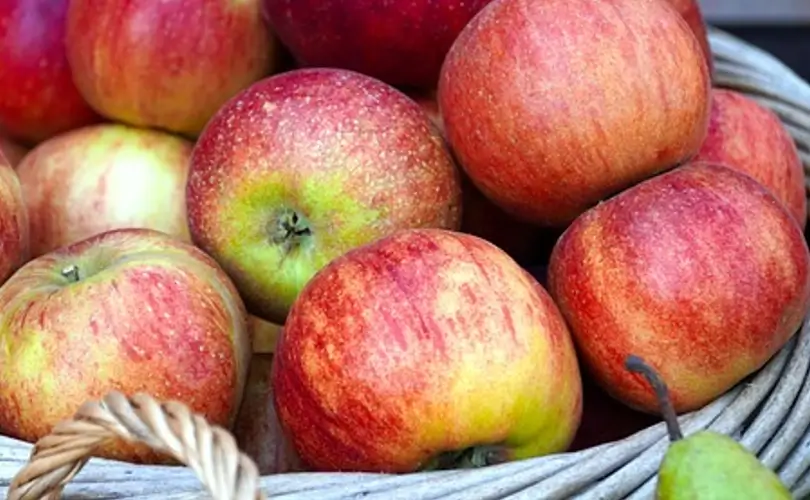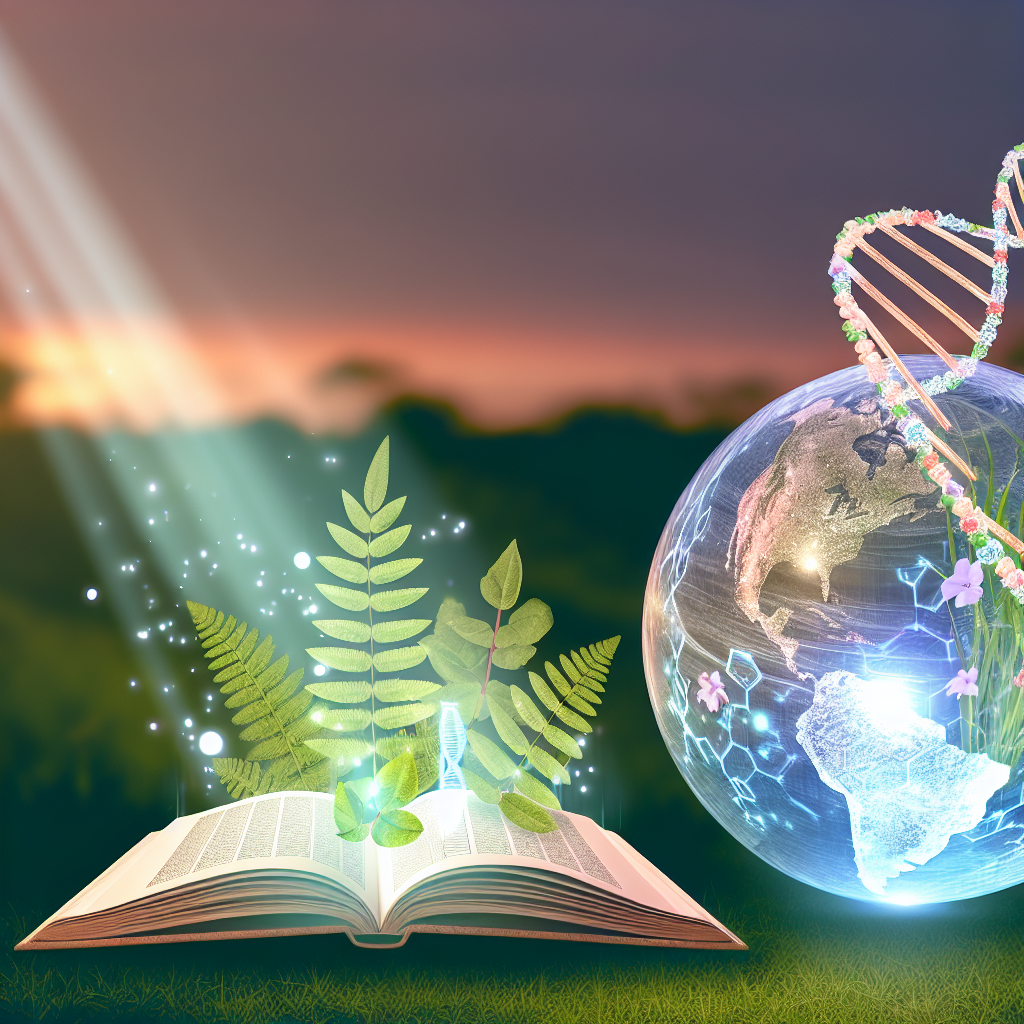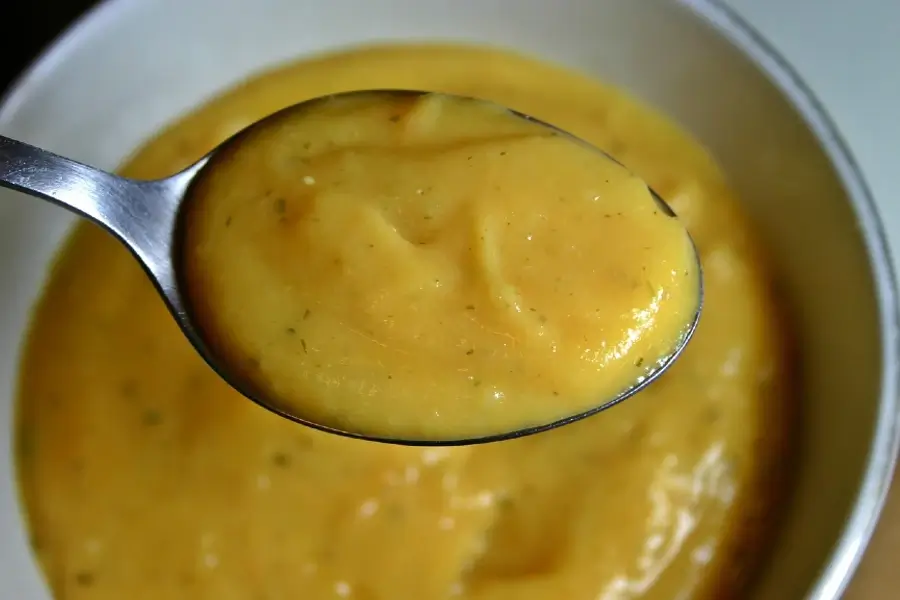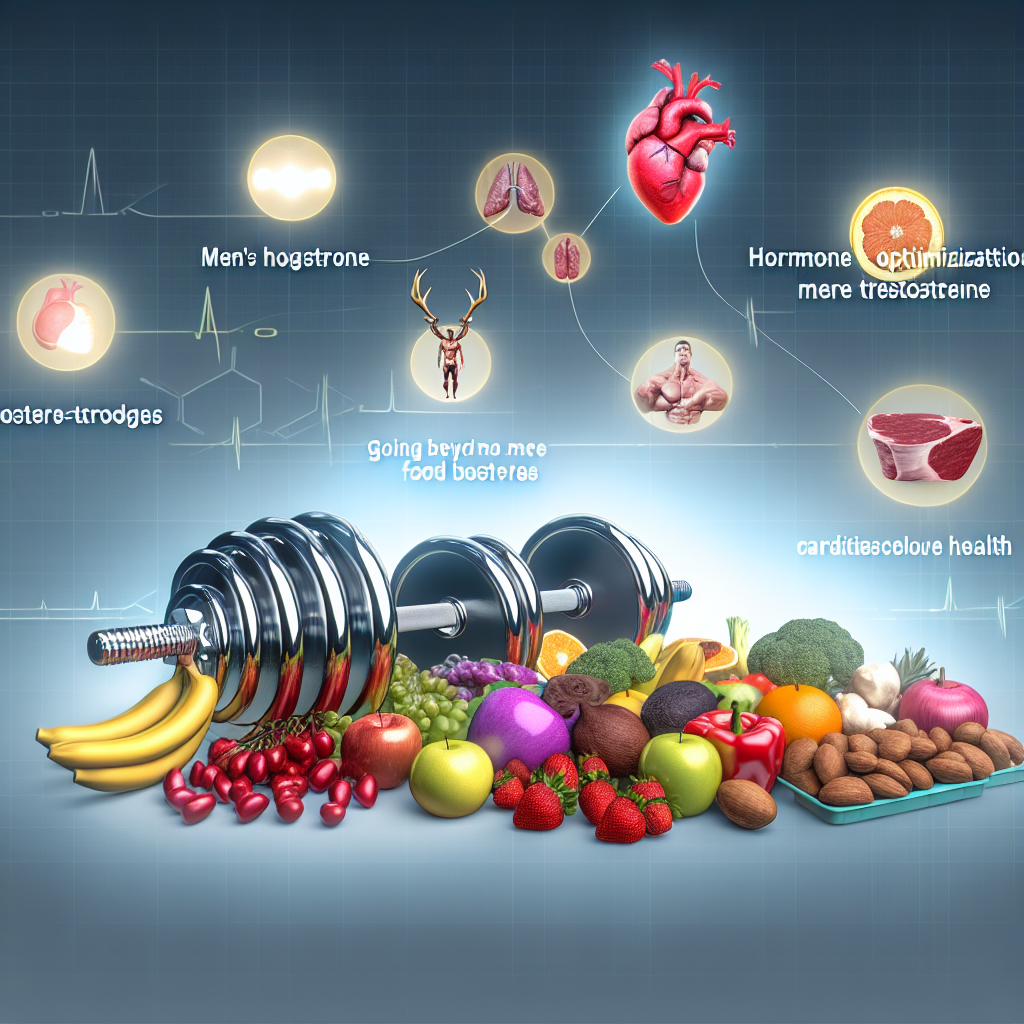For thousands of years, the traditional Ayurvedic treatment known as Panchakarma has been adopted to purify the body and mind. This five-step technique is intended to remove toxins from the body and restore its natural processes to a state of harmony. It is a series of stages that have been methodically constructed individually to treat various body and mind sections. The method is comprised of a succession of phases.
Purva Karma is the first phase of the Panchakarma system, which is responsible for preparing the body for the process of cleansing. It is true that the first stage of the Panchakarma technique, which is referred to as Purvakarma and translates to “foremost action,” is of utmost significance. Performing this is analogous to warming up before engaging in rigorous physical activity, as it prepares the body for the significant cleansing that will take place in the subsequent steps. This is a more in-depth description of how it comes into play, which is as follows:
The following are some of the primary Purvakarma techniques
In the Panchakarma program’s Pachana (Digestion) stage, the primary focus is on igniting the digestive fire (agni) through the utilization of herbal remedies and dietary practices. This should be done in order to achieve optimal health. All of this is done to guarantee that the elimination of toxins is carried out in an efficient manner.
During the technique of snehana, also known as oleation, medicinal oils, such as sesame oil, are applied to the skin internally and externally for a specified period of time. The oil acts as a lubricant, loosening and mobilizing toxins from deeper tissues, allowing them to be removed from the body.
Sudation, sometimes referred to as Swedana, is a method that involves sweating in saunas or steam baths that contain herbal steam. During the fundamental Panchakarma therapies, this technique facilitates the movement of loosened toxins toward the surface, making removing these toxins more straightforward.
Second phase of the Panchakarma system, which is called Pradhana Karma
The process of purification is the focus of the second phase of the Panchakarma system, which is called Pradhana Karma. This phase is primarily concerned with the cleansing process. The elimination of toxins from the body is accomplished through various therapies that are considered during this stage. Natural remedies such as herbal baths, herbal enemas, and other therapies are included in these treatments.
The procedure that follows detoxification is referred to as Paschat Karma, and it is the third step of the Panchakarma method. During this stage, a variety of therapies and dietary alterations are implemented to aid the body in recovering from the detoxification process.
Restore homeostasis to the body and mind
The seventh and last step of the Panchakarma system is Rasayana Therapy, and its primary objective is to revitalize both the physical body and the mental state of the individual. In this stage, the goal is to restore homeostasis to the body and mind and promote overall health and well-being. This stage involves a series of herbal treatments and dietary adjustments, and it is designed to accomplish these desired outcomes.
Sattva Karma is the fifth and final phase of the Panchakarma procedure. Its primary objective is to cleanse the mind. During this stage, you will engage in various meditation and mindfulness practices. These routines are meant to improve mental clarity and emotional well-being.
Adopting Purvakarma has the following advantages
By properly preparing the body with Purvakarma, the fundamental Panchakarma cleansing procedures can be made more effective and efficient.
It is helpful to loosen toxins in advance since it helps to lessen the degree of discomfort that may be encountered after purging more intensive treatments.
Ayurvedic practitioners are able to provide specialized care that ultimately results in tailored purification by customizing Purvakarma to the individual’s Dosha (constitution) and specific requirements.
Dietary limitations are typically recommended
To add to the list of considerations: Generally speaking, the duration of Purvakarma can range from three to seven days; however, it might vary depending on various other factors specific to each individual. At this point in the process, dietary limitations are typically recommended to promote digestion and reduce the accumulation of intoxicating substances. Rest is an imperative if one achieves the most significant potential results.
Because of this, I expect that you will get a comprehensive understanding of Purvakarma and its significance in Panchakarma! In particular, if you have any prior health difficulties, you must seek the guidance of a competent Ayurvedic practitioner before considering the possibility of undergoing Panchakarma.
Panchakarma is a rigorous treatment
In general, Panchakarma is a rigorous treatment that should only be carried out under the supervision of an Ayurvedic practitioner qualified in the field. This is because Panchakarma is considered to be dangerous. In contrast, Panchakarma can be a beneficial treatment option for people looking for a natural and all-encompassing method to cleanse their body and mind. Panchakarma is believed to be a holistic approach to health and wellness.

Dominic E. is a passionate filmmaker navigating the exciting intersection of art and science. By day, he delves into the complexities of the human body as a full-time medical writer, meticulously translating intricate medical concepts into accessible and engaging narratives. By night, he explores the boundless realm of cinematic storytelling, crafting narratives that evoke emotion and challenge perspectives.
Film Student and Full-time Medical Writer for ContentVendor.com
